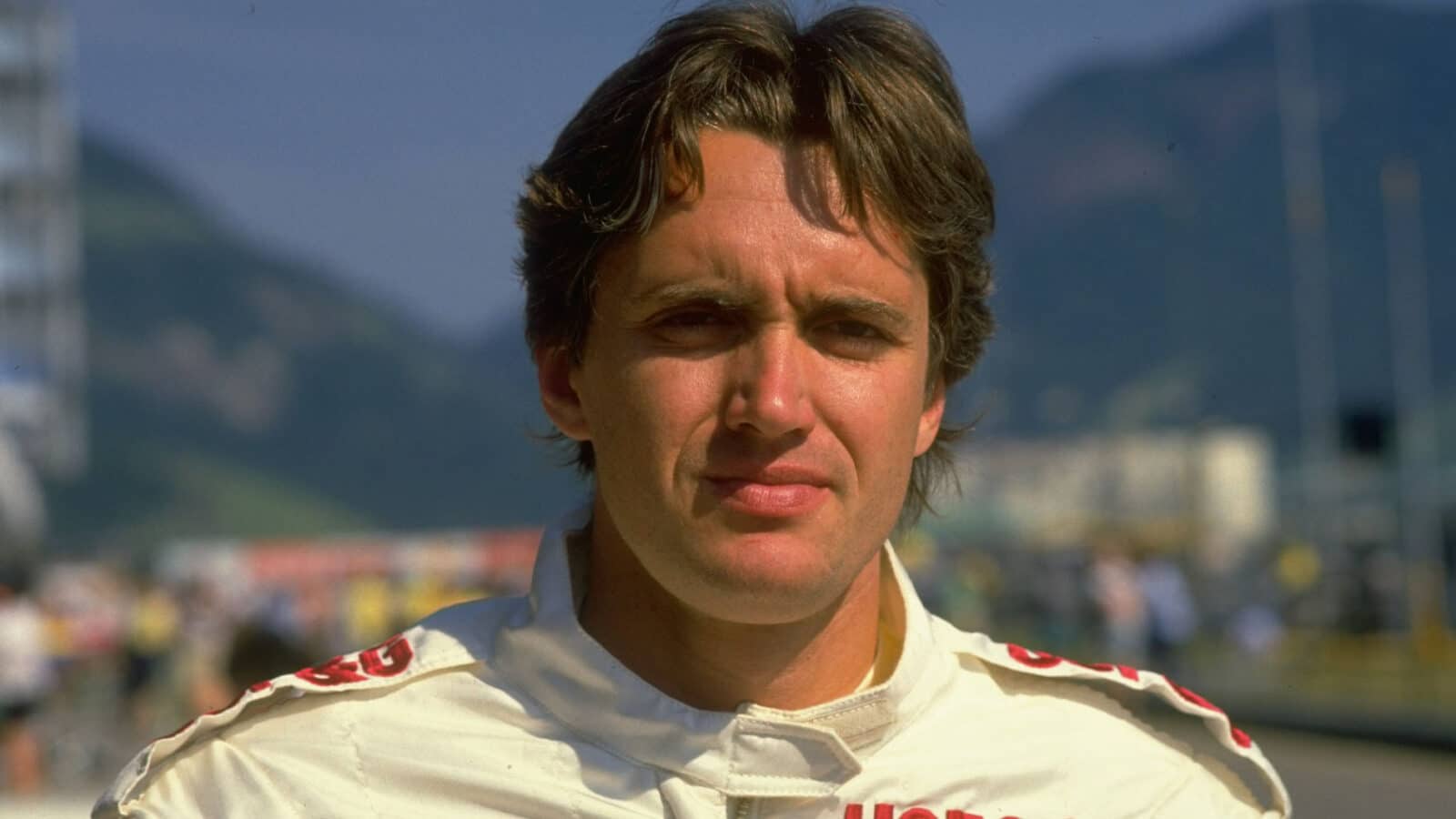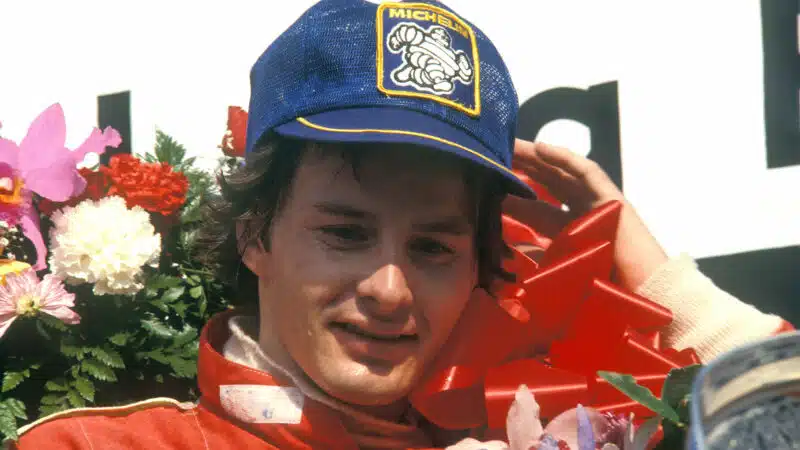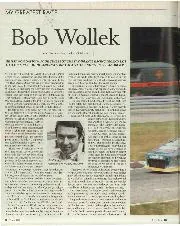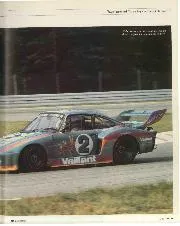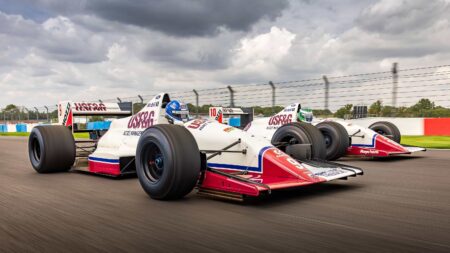“I had never raced at Mosport, but Villeneuve knew the place like the back of his hand,’’ he says. ‘‘And the car was not exactly fun to drive. It had a big turbo – you had to accelerate on Monday to get something to happen on Thursday.
“Nevertheless, after I got to know the place, we really went at it. Neither of us really gave a s*** about the race. We only cared about being quicker than the other guy. It was great because I would do the fastest time I thought I could do, then they would put Villeneuve in and he’d go better, then I’d go better, and so forth.”
The race turned out to be a battle of attrition, with early leaders Ickx/Schurti retiring with a blown head gasket after an hour, the Follmer/Lunger Porsche succumbing to a broken valve rocker and the Hobbs/Peterson BMW slowed by fuel system gremlins and an unquenchable thirst for oil. Into the breach came the Gregg/Wollek 934 with Heimrath and Paul Miller second, and the Falz BMW third, its drivers evidently putting their rivalry aside.
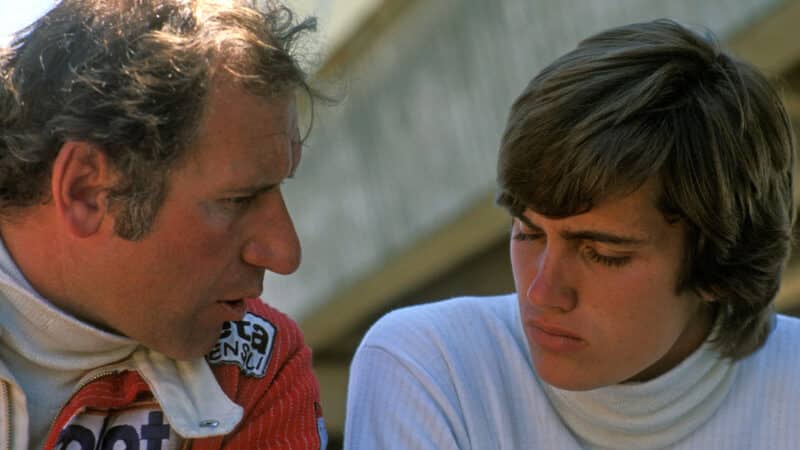
Young Cheever with Vittorio Brambilla
Grand Prix Photo
“Believe it or not, the car was running so well I had to take my foot off the gas on the straights and then still deal with that turbo lag in the corners,” says Cheever.
What’s more, an exhaust leak dumped noxious gasses into the closed cockpit – not for the first time, as Surer was nearly overcome by fumes in the same car at the Nürburgring. Like the Swiss, though, Villeneuve made it to the finish – only to pass out on the third step of the podium.
